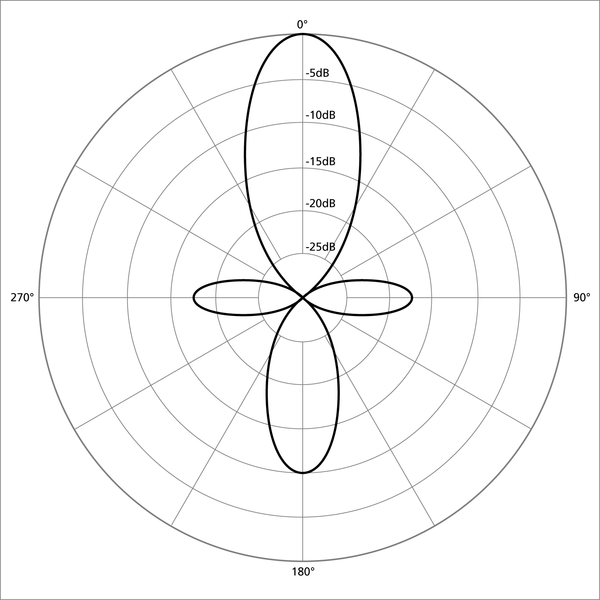Train the Trainer Part 3: Recording 101 - Positioning a microphone
When setting up to record, you should be aware of your microphone’s pickup pattern so that you can position it for optimal audio quality. Pickup patterns are the measure of a microphone’s directional sensitivity to audio. An omnidirectional mic will pick up audio evenly in all directions out to a certain distance. Below is a representation of this, the dark ring around the circle visualizing the pickup pattern. Depending on its range, such a mic is great for recording a group conversation, but might catch unwanted background noise if you're the only person it's supposed to pick up.

A boom mic has a directional pattern (below) pointing straight from the end of the mic, but still picks up other noises off this axis. These sorts of mic are ideal for capturing a particular sound without tuning out the rest of the room. These mics leave discernable ambiance like crowd noise or the hum of an AC unit.

Lav mics have more of a rounded pattern, as they are meant to point up toward the voice box of their wearer, but may twist and turn a bit with their clothing. This pattern is referred to as a cardioid pattern (below). Note that it will not pick up anything from behind the mic. This is done to limit background noise. The pattern is still broad enough to pick up other noises in the room, so you should still try to dampen other noises in the room.
You should always be recording with the mic’s axis pointed toward your mouth and throat for the best quality. To find the axis, look at the pickup pattern and find the point that the mic is most sensitive. Draw a line from that point to the microphone. This line is the axis. The more off-target the mic's axis is from the subject's voicebox, the worse the audio quality will be. You should consult with your mic's manual to see what its pickup pattern looks like.